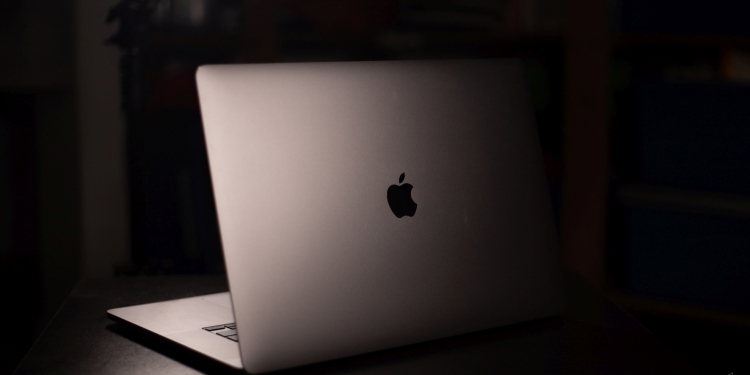Apple macOS Big Sur was reported to have a big problem that resulted in data loss when users attempt to upgrade their Mac to the latest version but lacked the free space to do so. The Cupertino company has since released a new build of the operating system that fixes the issue.
Normally, when you set out to upgrade your operating system, the installer should first check to make sure your Mac has enough free space available. If there isn’t enough space, you shouldn’t be allowed to proceed and will need to free up more space.
According to Apple, a user would need at least 35.5GB of free available storage space when they attempt to install the OS. However, this free space check was not working in macOS Big Sur. The bug meant that even when users only had 1% of free space left, the upgrade process would proceed only to subsequently fail and get stuck in a boot loop.
The only way around this, should it happen, is to delete some files from the internal disk via Target Disk Mode, though this doesn’t work 100% of the time. Failing that, the worst-case scenario emerges when you are left with no choice but to completely wipe your disk.
Fortunately, Apple has released a new build of macOS Big Sur 11.2.1 that properly checks the available disk space before attempting to upgrade the OS. However, this solution doesn’t fix Macs that are already stuck in a boot loop as a result of upgrading with insufficient space.
If you are affected, don’t worry. Here’s are some alternative solutions that were shared by Mr. Macintosh’s blog. One option would be to install macOS Mojave on an external USB drive and boot it from this external version of the operating system.
The second option would require a second Mac running on macOS High Sierra or Mojave. Users would then have to connect it to the affected computer via a Thunderbolt or USB-C to USB-C cable, subsequently using Target Disk Mode in the Mac facing the problem.
With these two methods, you should at the very least be able to recover some of your files or get your Mac back up and running after doing a clean installation of macOS.
[SOURCE]








